My jalapeno and serrano peppers are turning red. Is that okay?
Is it a problem with your jalapeno plants when your fruits turn red? No, it’s just natural. If you’re growing jalapenos for the first time, or you’ve never lost track of harvesting them and let them go too long, you may not have noticed that a natural development of these fruit is the reddening when they actually ripen. They are fine and still quite edible.
Normally we harvest them green, which stops their development, because they’re much more tender and tasty at this stage. But if left on the vine, they do indeed turn red and begin to dry out, the way any seed pod does. Because we’re usually interested in eating the flesh of the pepper, we don’t want it to dry out, so we harvest them green, while the flesh is still nice and juicy. And if allowed to ripen, that valuable flesh begins to dry-up and the flavor changes.
You may see red-flesh jalapenos sold in the market, but more often you won’t: most red jalapenos are dried, smoked, and given a completely new name: chipotle. Chipotle peppers are used in cooking to provide a unique smoky flavor, and not the heat normally associated with jalapenos. So if your jalapenos are turning red before you can harvest them, that’s just a sign that you need to eat more jalapenos, or that you need to experiment with creating some chipotles.

 Mary Lew Quesinberry
Mary Lew Quesinberry Bill Neiman
Bill Neiman Daphne Richards
Daphne Richards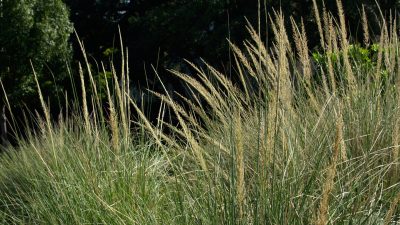
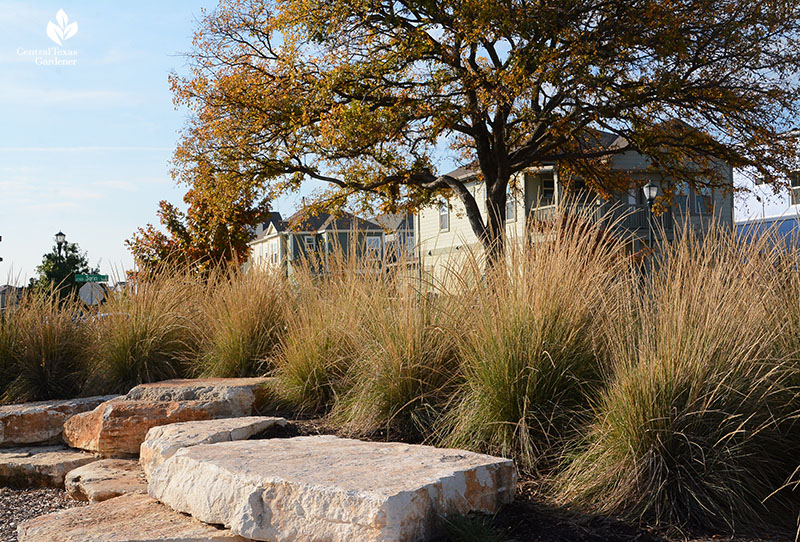 But it's also a valuable addition to rain gardens or seasonally wet areas to help stormwater infiltrate the soil.
But it's also a valuable addition to rain gardens or seasonally wet areas to help stormwater infiltrate the soil.
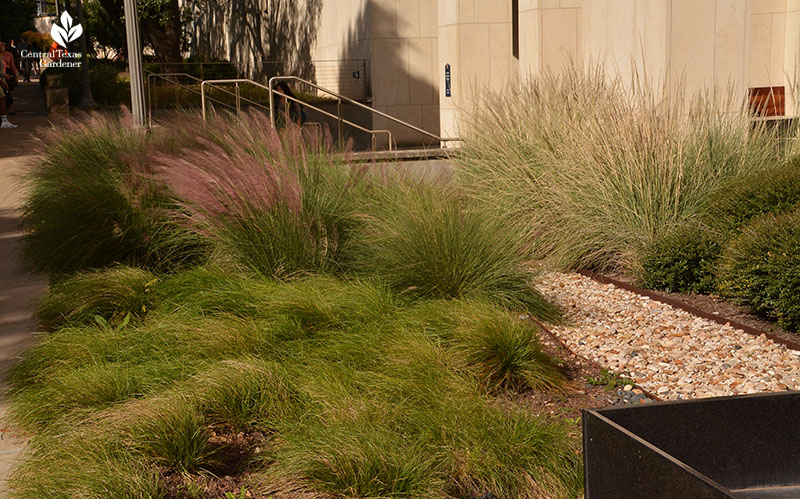 It grows to about four feet wide and equally as tall, but will be about a foot taller when blooming in fall. Its characteristically narrow leaves, and feathery, swaying flowers and seed heads soften our landscapes, providing interest when many other plants are dormant.
It grows to about four feet wide and equally as tall, but will be about a foot taller when blooming in fall. Its characteristically narrow leaves, and feathery, swaying flowers and seed heads soften our landscapes, providing interest when many other plants are dormant.
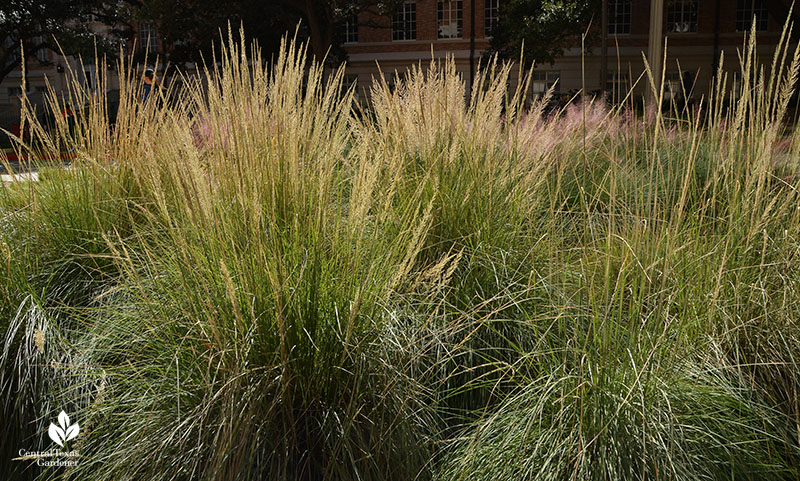 Lindheimer muhly performs best in full sun, but tolerates light shade.
Lindheimer muhly performs best in full sun, but tolerates light shade.
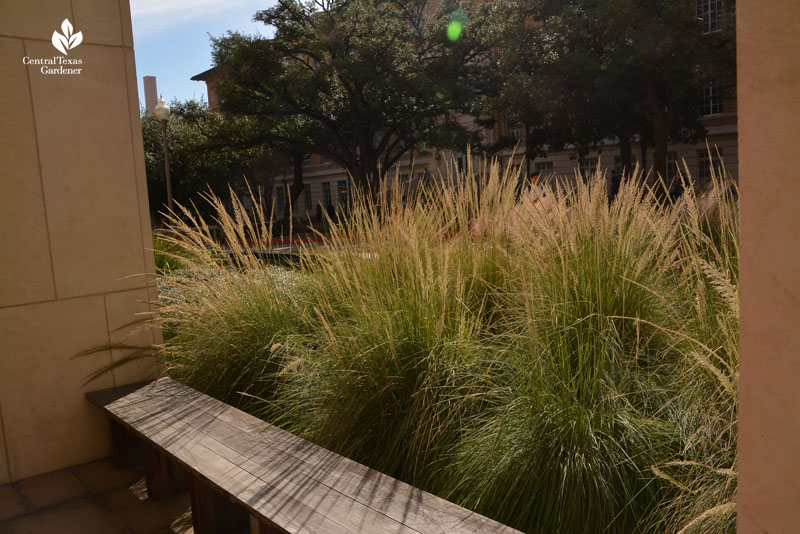 The native species has lovely pale-gray inflorescences, which are called panicles in grasses. Improved varieties with pale yellow and even reddish panicles are also available. One of the most popular is 'Regal Mist,' with deep pinkish-red flower spikes that develop in the late summer and add color to the garden into early winter, when most plants are going dormant and their color is fading.
In mild winters, it will be semi-evergreen, with warm golden brown hues, providing habitat for over-wintering butterflies. Cut back to about 6" in late winter or early spring, when you begin to notice new growth emerging at the base.
Watch more about it now!
The native species has lovely pale-gray inflorescences, which are called panicles in grasses. Improved varieties with pale yellow and even reddish panicles are also available. One of the most popular is 'Regal Mist,' with deep pinkish-red flower spikes that develop in the late summer and add color to the garden into early winter, when most plants are going dormant and their color is fading.
In mild winters, it will be semi-evergreen, with warm golden brown hues, providing habitat for over-wintering butterflies. Cut back to about 6" in late winter or early spring, when you begin to notice new growth emerging at the base.
Watch more about it now!
 Trisha Shirey
Trisha Shirey Seeds Versus Transplants
Seeds Versus Transplants